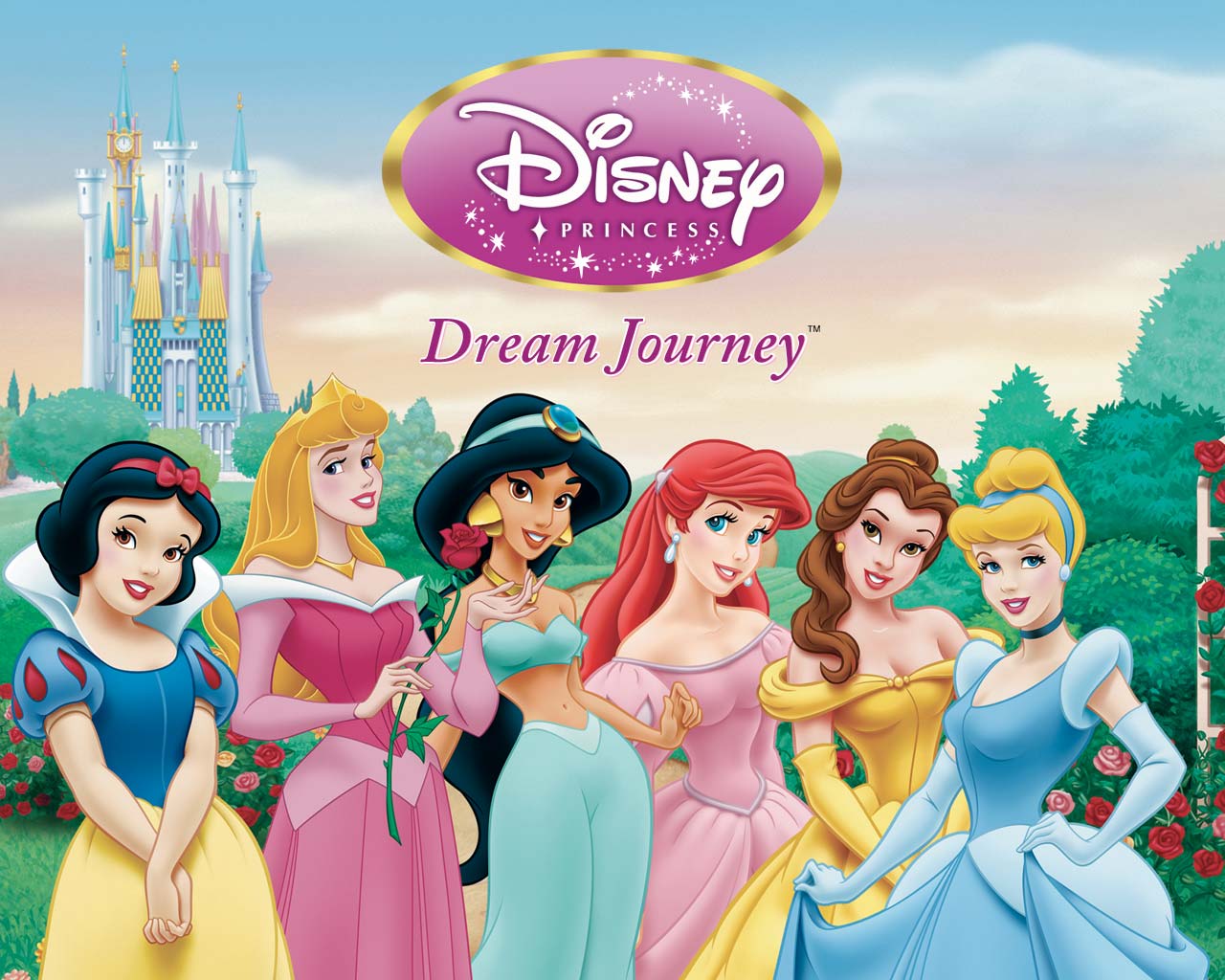Dumb
white guy comedies tend to centralize around marriage due to the historical
change in the acceptance and awareness of homosexual marriage. These movies focus
on a white character that goes to great lengths to prove he is man enough to
settle down and be in a heterosexual, monogamous relationship. Popular films like Knocked Up (2007), The 40
Year Old Virgin (2005), and The
Wedding Singer (1998), are examples that prove marriage, or a serious,
heterosexual relationship, is the ultimate achievement for the lead actor in
this type of film.

In the hilarious 2007 movie, Knocked Up, the main actor, Ben Stone, is an irresponsible,
marijuana smoking, free-spirited bachelor who accidentally got his one-night
stand pregnant. This movie is comedic
because Ben has to clean up his act and become a father figure in a short
amount of time to win over Alison Scott’s heart. Alison Scott is a beautiful, blonde, and
successful white woman. Ben and Alison
don’t seem like an appropriate match for each other physically or emotionally,
which adds to the ridiculousness of their situation. Ben Stone goes into “heterosexual panic”
because he has to change his lifestyle and be the ideal man of the house in
order to be with this woman who’s way out of his league. In the end, he reads the baby books, drives
her to the hospital, and shows Alison that he will change for his family. There isn’t a scene where they officially are
married, however, there are implications in the ending credits that they stay
together and are in a serious, monogamous relationship.

The 2005 film entitled The 40 Year Old Virgin, was No. 1 at the box office during its
summer release and grossed a total of $177,378,645 worldwide! The movie was popular for its comedic content as well as
the way the director enabled the audience to empathize with Andy Stitzer and
want him to find love. Andy Stitzer is a
nerdy and socially awkward character who never left his childhood. His apartment consists of a collection of
action figures and video games. From the
audience’s perspective, Andy becoming a strong adult appears to be unattainable
in the beginning of the film. The men
from Andy’s workplace try to score him a sexual encounter; however, this isn’t
what he truly wants. This conflict of
interest between his friends from work and his own views causes Andy to go into
heterosexual panic. He wants to be
married, but he doesn’t know how in being an inexperienced, 40-year-old virgin. He becomes interested, on his own, in a woman
named Trish and it works for Andy because he pursued her on his own merit. Trish helped him transform into man. In the end, Trish and Andy are married;
making Andy successful in achieving his goal of being monogamous. Furthermore, it’s implied in one of the final
scenes that Andy has “game” in the bedroom; suggesting he is a strong man.

In The Wedding Singer, Ben Stiller plays the leading actor named Robbie Hart who sings at wedding receptions. Robbie longs to be married, however, the young ingénue, Julia Sullivan, he is interested in is engaged to be married to a wealthy, jerk. Robbie tries to win over Julia’s heart by trying to show her who her fiancé, Glenn Guglia, really is. It’s clear to the audience that Julia and Glenn Guglia shouldn’t be married based on the irony of their names alone. Robbie points out that “…Julia's last name's gonna be Guglia. Julia Guglia! That's funny!” because her first name would rhyme with her last; making her full name not sound right. Robbie isn’t wealthy or the most confident man due to his recent break up with his fiancé. He doesn’t feel like a strong, desirable man throughout the film, until he is inspired by a 50th anniversary party he performs at. He realized he isn’t getting any younger, and that all he wants is a monogamous relationship with Julia. Robbie buys a plane ticket Julia is on, sings her a love song he wrote for her, and convinces Julia that they are perfect for each other. The film closes with them kissing at their wedding. The wedding singer fought for his love interest, and ends up being married to the woman of his dreams.

In conclusion, these movies are representative of heteronormativity. The goal of these leading actors is to be heterosexual
and be in a serious, monogamous relationship.
The dumb white guy comedies mentioned, are examples of comedies that embody
white patriarchal capitalism as well as men viewing marriage as the ultimate
achievement. All three of these films
have a happy ending where the man evolves into someone he wasn’t in the beginning. It’s refreshing to see films where men respect
the idea of monogamy and go through many difficult obstacles to achieve the
goal, however, the growing acceptance of homosexual monogamy shouldn’t increase
the production of movies centralizing around straight marriages. We should embrace the positive changes in our
history.
Bibliography
http://funniest-movies.com/tag/knocked-up-movie
http://www.google.com/imgres?um=1&hl=en&sa=N&tbm=isch&tbnid=1WFs-TeLagnlGM:&imgrefurl=http://industrialscripts.co.uk/products-page/scripts/knocked-up/&docid=B8OcpT4JfqLazM&imgurl=http://industrialscripts.co.uk/wp-content/uploads/2011/05/knockedup3.jpg&w=529&h=307&ei=VqdVT7TvJ-KfiQLzpqG8Bw&zoom=1&iact=hc&vpx=684&vpy=161&dur=815&hovh=171&hovw=295&tx=161&ty=63&sig=104685273068063113315&page=2&tbnh=127&tbnw=218&start=12&ndsp=14&ved=1t:429,r:12,s:12&biw=1192&bih=561







